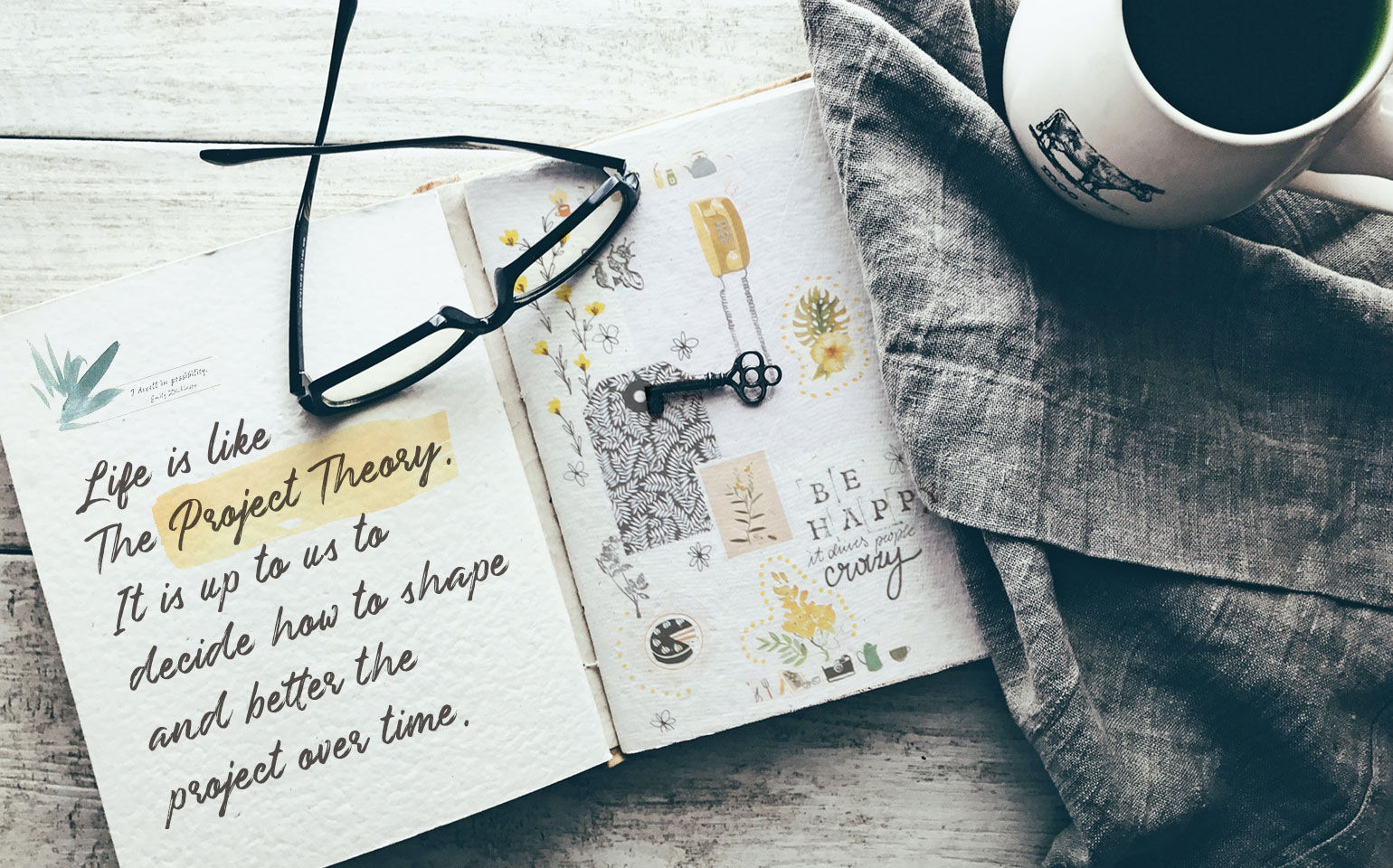
Mending a Broken Self, if Not a Broken Bone
When I was a little kid, I asked my dad if I could be the fastest person in the world one day. I was six, maybe seven so the memory is slight, but he replied along the lines of, “if you work hard enough you can.” I accepted this doctrine—why shouldn’t I? It’s a mentality anyone should have, that if you work hard enough you can take on any challenge. The problem I realized years later was that this was a perfect solution in an imperfect world. Because the issue I discovered getting older was that no matter my effort, the expectation of perfection couldn’t be met when the limitations were out of my control.
On March 12th of last year, I underwent what is known as spinal fusion surgery, a procedure that treats the back condition called scoliosis. In order to fix the two curvatures in my spine, the surgery fused my vertebrae together with screws and rods that would cement me with a straight spine for the rest of my life.
In theory, it’s the perfect solution to my problem. Unfortunately, it came at the cost of 50% of my mobility bending forward and backward, and 70% of my mobility bending left to right. In other words, I could never twist, curve, bend, arch, or extend my back again. My figure was sealed, my limitations were stamped. One year until I could do anything but walk, two years until I could sprint or play contact sports—but I knew that even then it wouldn’t be the same. When I came to terms with this sacrifice, I felt a grievance for something other than just sports—losing my image of a perfect self.
Everyone has an idea of their best self. Some see it in their future, others like me find ourselves clutching to the ideals of our past. As a kid, it wasn’t just enjoyment of sports that made it so valuable to me, it was a pillar in my complex as someone who strived for perfection in every way. I was referred to as a “renaissance girl” or a Jack of all trades. I played soccer and ran track after school and every school sport in between. When I gave up being an athlete for my surgery, it was an accomplishment scratched from an internal list telling me why I was worthwhile. I felt reduced, detached from the simplicity of my former successes, and when I entered the new school year and watched my friends join the soccer team, I felt as though I was carrying a void.
Sure, I had other hobbies, interests, ways to spend my time, ways I could rewrite my list—but they were not enough, I was not enough. Because when you build your value on the status of achievement and external validation, letting go of its perfection, no matter the bigger picture in play, can fracture your perception of yourself. I realized throughout the following winter that even with a healed back, I couldn’t recover from March 12th if I did not stop chasing this figment of who I was.
It was on another March 12th, in 2022, that in the spirit of recovery, I asked myself some important questions: how did I come to terms with my surgery in the end? How could I and other kids my age find worth beyond the scope of success? How could I measure myself beyond external achievements? Most importantly, how did we let go of our ideals and accept the imperfections of our true selves? A year post-op and my spine was fused; these were the problems at hand. But they weren’t just mine. I’ve seen the pressure pinned against my high school peers; I’ve talked to people in reminiscence of when we were “happier,” when we hadn’t quit that activity, when Covid hadn’t changed so many intrinsic parts of ourselves.
So, what should be our answers to these questions? Well, the answer isn’t finite, it’s something that needs building. Letting go of the past and accepting my post-surgery body was the first step in steering myself forward towards gratitude and perspective: being grateful for good health and being proud of myself for trying new things, even if not always successfully. Towards understanding where my personhood is rooted and looking deep to discover the borders of my worth that don’t overlap with the judgment of performance. The reason I say this takes building is because there is a unique core to all of us and identifying what exactly that is takes time.
There’s a philosophy known as The Project Theory. It says that each person’s self is like a project under construction, and although the project doesn’t change, it is up to us to decide how to shape and better the project over time.
This was the conclusion I landed on that day, and through it, I realized my surgery story is equally about gain as it is about loss. After my “one year,” I began to bike, swim, and run again. Although I won’t be joining the track team this spring, I exercise for my own enjoyment and there is no loss in that. A year ago, I would still be lying in bed, wondering how I could get through another day of pain. Today, I have made it out of that tunnel and know that I’m stronger, and more resilient for it. Even if I’m not as “perfect” as I used to be, we live in an imperfect world and sometimes it’s our imperfections that make our lives the meaningful mess that they are.



